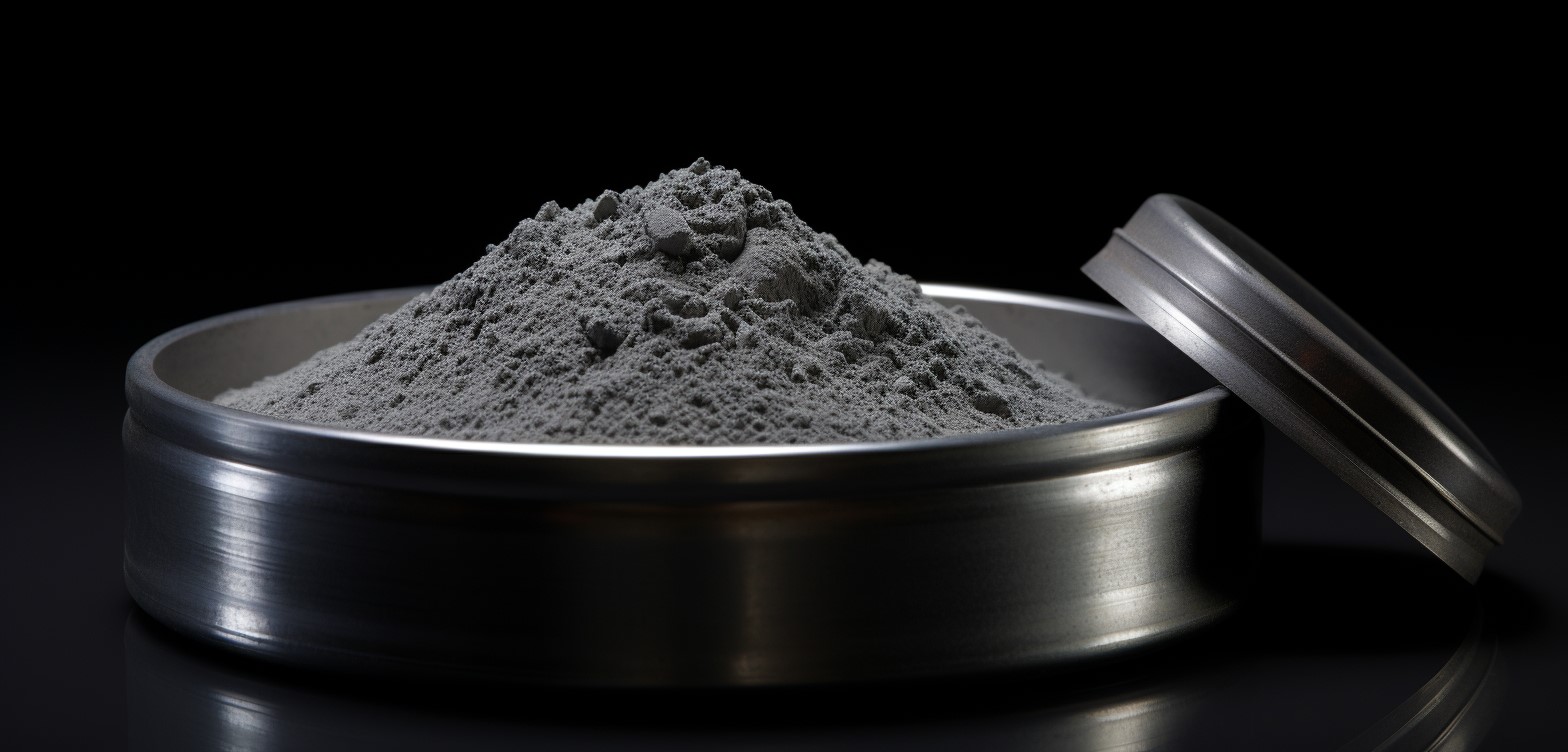Iron Powder Description
Iron powder (Fe powder) is a basic industrial raw material of utmost significance to metallurgy, chemical engineering, electronics, and manufacturing. It is the most widely used and consumed metal powder in the powder metallurgy industry, with the consumption rate of about 70-80% of the total metal powder consumption in the industry. It is no exaggeration that the absence of Fe powders would significantly limit materials and processes in industrial production.
Traditionally, based on particle size, it is classified into five grades: coarse powder, medium powder, fine powder, ultrafine powder, and superfine powder.
- Coarse powder: 150 to 500μm
- Medium powder: 44 to 150μm
- Fine powder: 10 to 44μm
- Ultrafine powder: 0.5 to 10μm
- Superfine powder: < 0.5μm
Industrial-grade iron powder predominantly includes reduced iron powder and atomized iron powder. To serve for broader industrial purposes, other types of Fe powders prepared through other routes are also being used to a great extent. Of these, the most significant ones include electrolytic iron powder and carbonyl iron powder.
Read more: What Is Iron Powder? Production Methods and Uses
Differences Between Ferro Alloy Powder and Soft Magnetic Powder
Although both ferro alloy powder and soft magnetic powder are related to iron, they differ significantly in composition, physical properties, applications, and manufacturing processes.
Ferro alloy powder is primarily used in the steelmaking process to enhance the chemical and mechanical properties of steel, such as Ferro Manganese Powder and Ferro Silicon Powder.
In contrast, soft magnetic powder focuses on providing excellent magnetic properties and is widely utilized in various electromagnetic devices and electronic components, such as Spherical Nickel Iron Alloy Powder.
|
Characteristics
|
Ferroalloy Powder
|
Soft Magnetic Powder
|
|
Composition
|
Iron alloyed with other metals (Cr, Mn, Si, Mo, etc.)
|
High-purity iron-based materials (pure iron, Fe-Si, Fe-Ni, amorphous alloys)
|
|
Magnetic Properties
|
Typically hard magnetic or non-magnetic
|
High permeability, low coercivity
|
|
Applications
|
Metallurgical additives, welding materials, wear-resistant coatings
|
Inductors, transformers, motor cores, EMI shielding
|
|
Production Methods
|
Atomization (water/gas), mechanical alloying
|
Gas atomization, carbonyl process, rapid solidification
|
|
Key Performance Metrics
|
Composition uniformity, oxygen content, flowability
|
Permeability, coercivity, saturation magnetization, high-frequency loss
|
|
Typical Products
|
FeCr powder, FeMn powder, FeSi powder
|
Fe-Si-Al powder
|
|
Heat Treatment Needs
|
Generally not required
|
Often requires annealing for magnetic optimization
|
|
Particle Morphology
|
Irregular or spherical
|
Highly spherical
|
* Soft magnetic powders require strict impurity control (C, S, O) to reduce magnetic loss
Iron Powder Application
1. Powder Metallurgy
Benefits of Manufacturing Mechanical Parts Using Powder Metallurgy:
- Can design and manufacture several parts in an integrated manner, ensuring good repeatability in mass production;
- The surface finish of parts is good, and complex shapes can be manufactured;
- No need for cutting processes, offering advantages in material and time conservation.
2. Production of Welding Electrodes
Using iron powder to produce welding electrodes has multiple benefits.
Iron powder and the welding core melt into the weld metal simultaneously, increasing the fusion ratio, saving electrode mass, achieving a high deposition rate, improving welding efficiency, saving approximately 20% of electrical energy, and allowing for rod welding, which reduces the physical labor intensity of welders.
3. Used to Manufacture Various Magnetic Materials for Important Electrical Appliances
4. Used for Flame Cutting and Cleaning





















